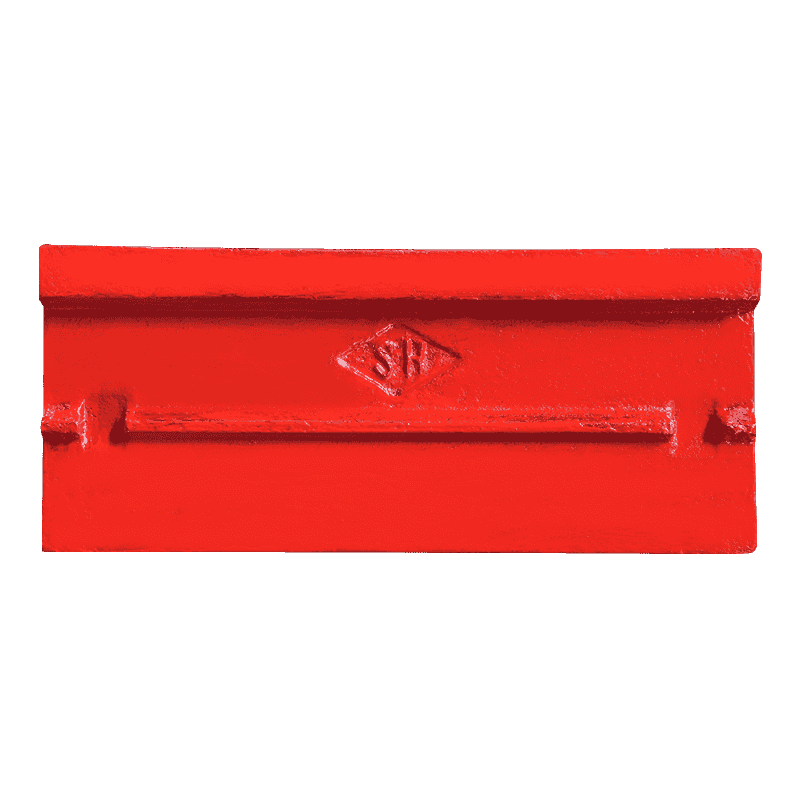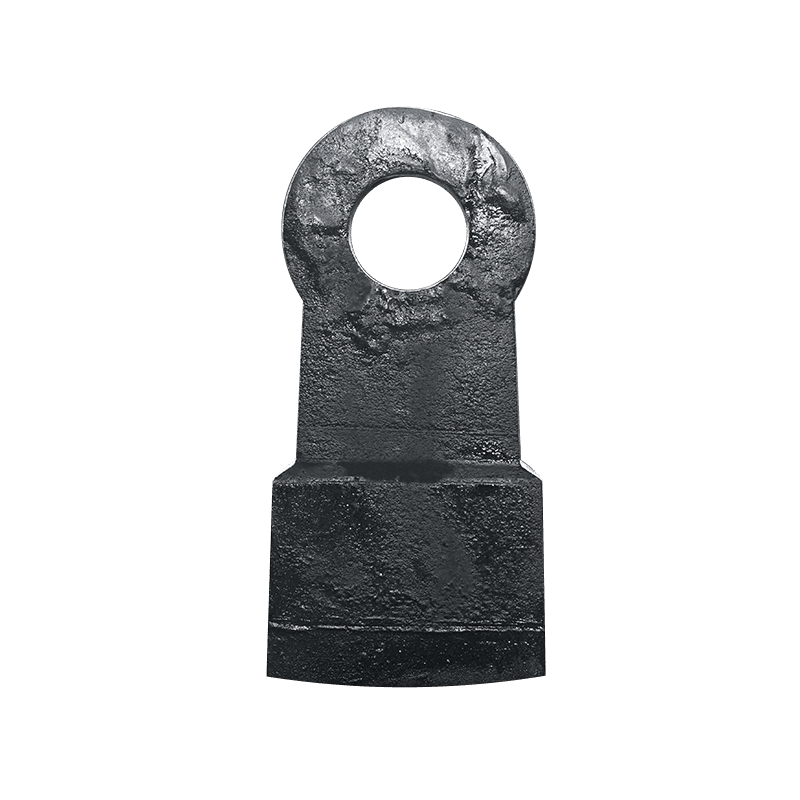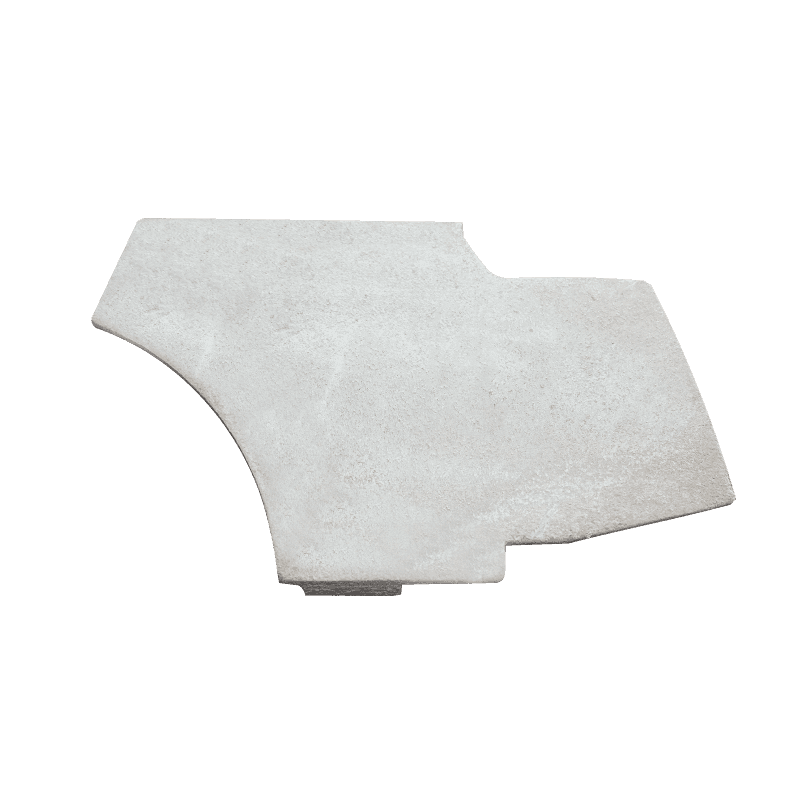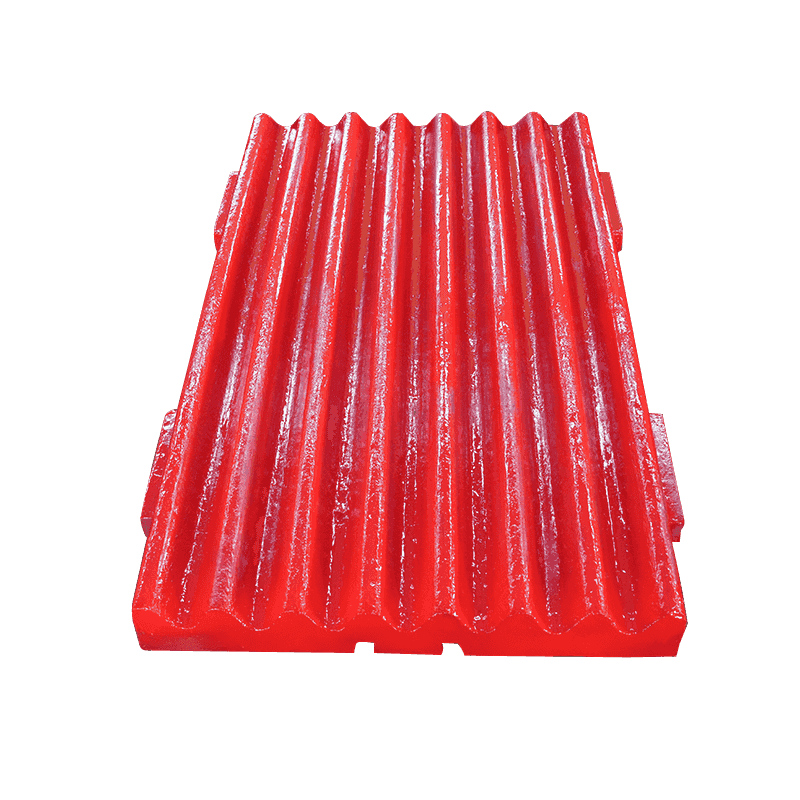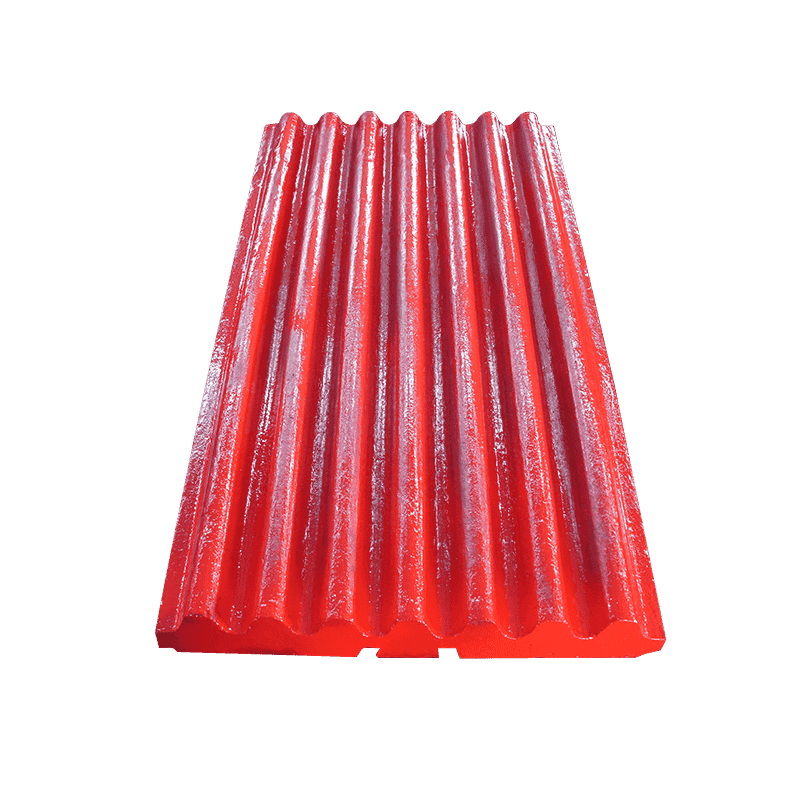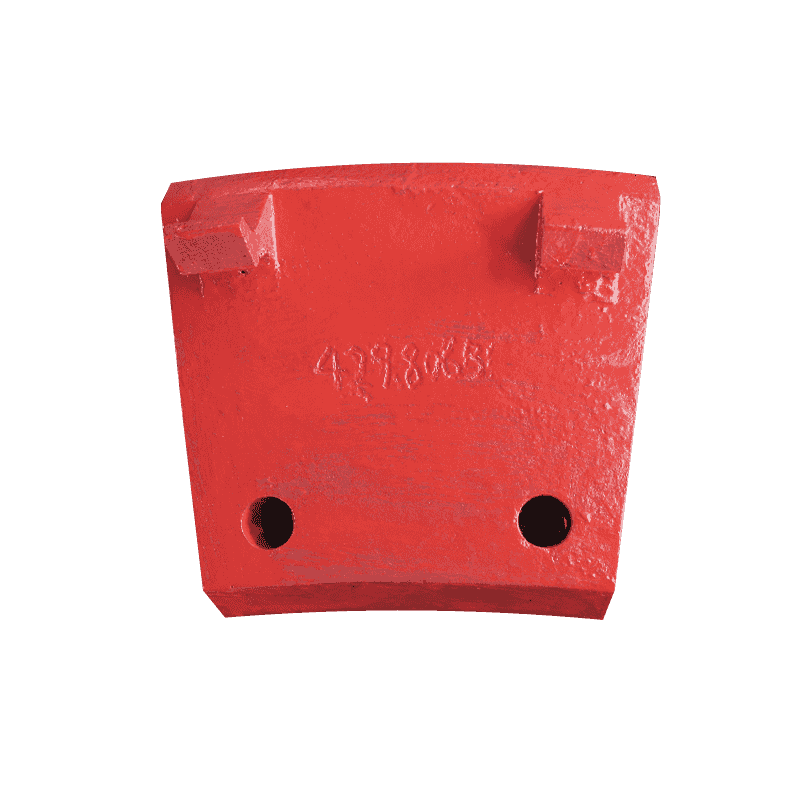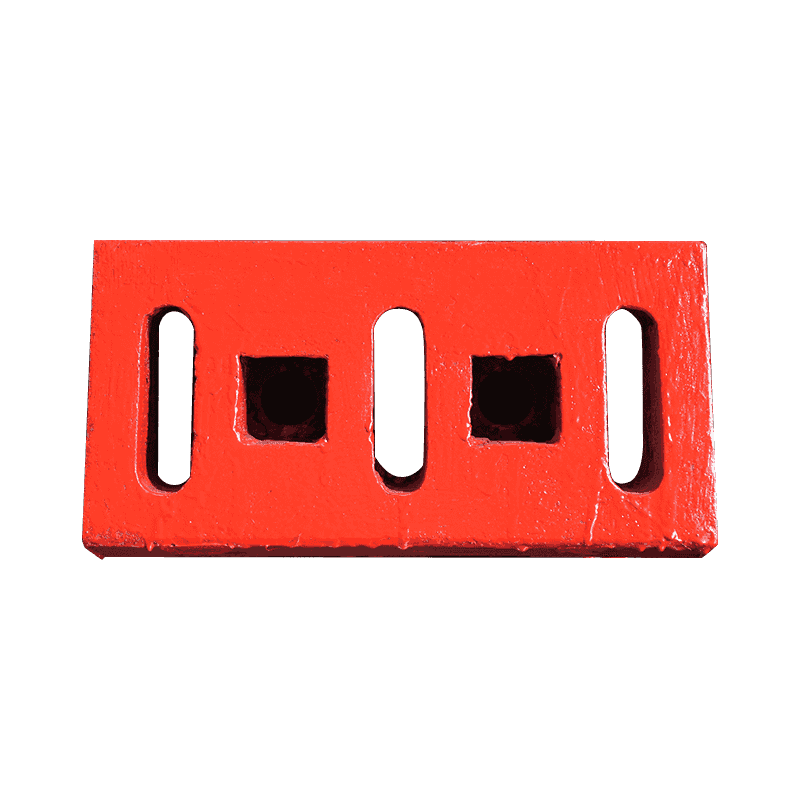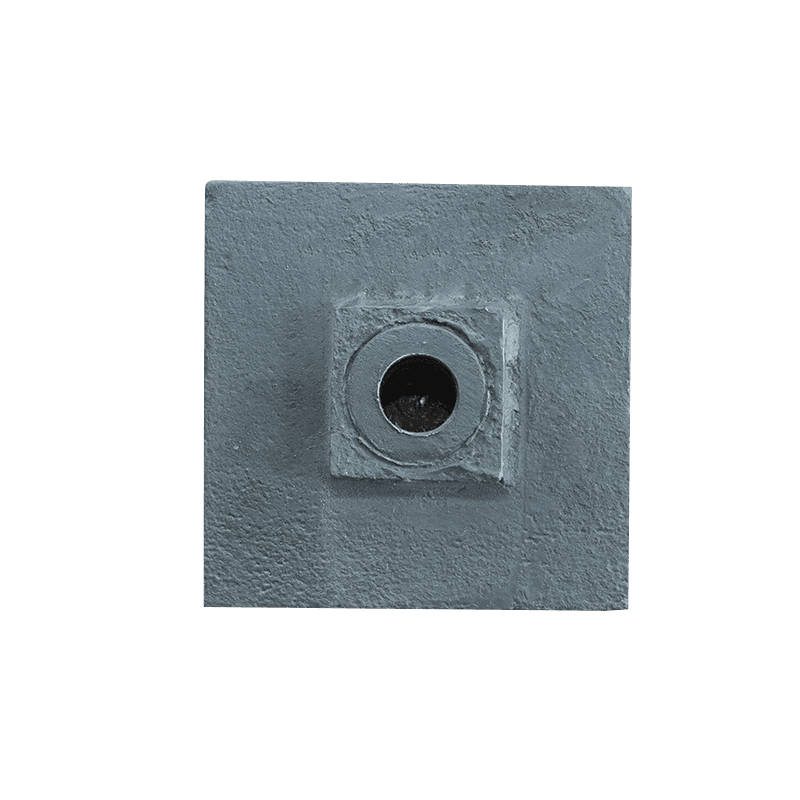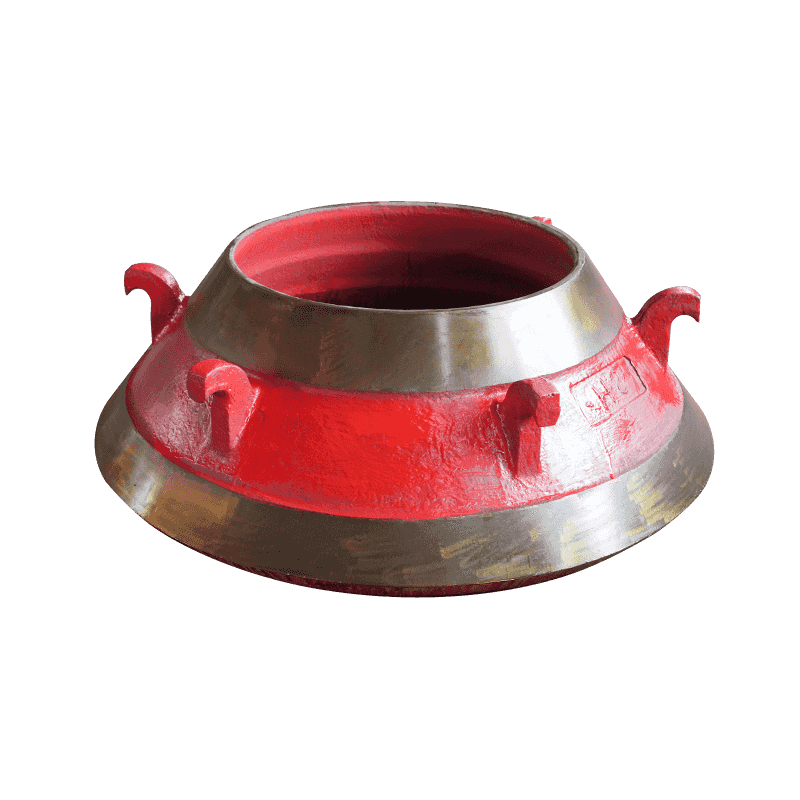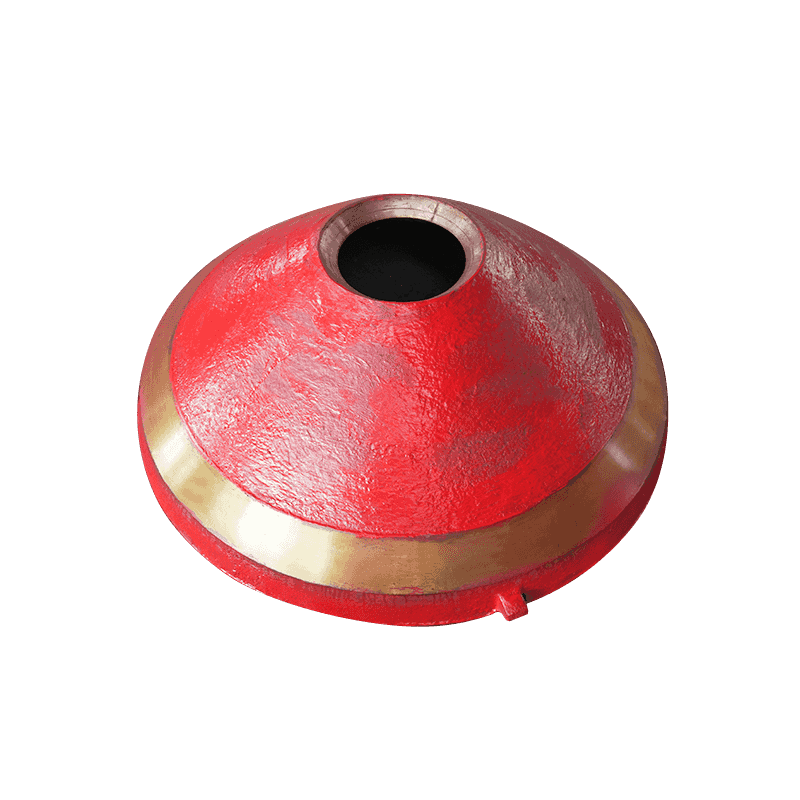How does high manganese steel castings perform in terms of wear resistance under high impact conditions?
High manganese steel castings are widely used under high impact conditions. In mining equipment, crushing machinery, engineering machinery and other scenes that need to bear impact loads frequently, high manganese steel has become one of the commonly used materials due to its unique performance. One of the representative characteristics of high manganese steel is that under high impact loads, its surface can be work-hardened to form a denser and harder structural layer, thereby improving the surface wear resistance.
In actual application, when high manganese steel castings are subjected to strong impact or collision, the surface metal undergoes plastic deformation, and the internal structure of the material changes during this process. Dislocations and lattice distortions will occur in the deformation area, causing the metal grains to compress and form a hard outer shell layer. This work-hardening effect makes the material more flexible in the initial state, and as the use time increases, its surface gradually strengthens, thereby adapting to high impact and high wear working conditions.
While bearing impact loads, high manganese steel maintains good toughness, which is crucial for resisting fracture and sudden load fluctuations. Even in the process of strong extrusion or impact. This property makes it widely used in important parts such as ore crushing, ball mill lining, jaw crusher mobile jaw, railway turnout, etc. Unlike some materials with high hardness but high brittleness, high manganese steel is not easy to break after impact, but absorbs impact energy through deformation.
Although high manganese steel shows strong wear resistance under high impact conditions, its performance is also related to the specific use environment, stress state and alloy composition. In the initial use stage, if the impact load is insufficient, the surface cannot form a work hardening layer in time, but may wear faster. Therefore, high manganese steel is more suitable for those occasions with frequent impact and high contact stress, while in low impact or pure abrasive wear environment, its advantages may not be obvious.
In order to further improve the wear resistance of high manganese steel castings, the initial structure is usually improved by adjusting the ratio of alloy elements during the manufacturing process. For example, by controlling the ratio of manganese content, carbon content and other trace elements, its hardening tendency can be enhanced and the propagation of cracks can be delayed. Reasonable casting and heat treatment processes also play a key role in the comprehensive performance of the finished product. Rapid cooling after high-temperature quenching can help form an austenite structure and improve its work hardening ability.
In terms of daily maintenance, although high manganese steel castings have a certain self-strengthening ability, they still need to be checked regularly for their working conditions, especially for serious wear and crack expansion. Reasonable replacement cycles and scientific use methods can extend the service life of equipment and ensure safe and stable operation.

 English
English  русский
русский  عربى
عربى 